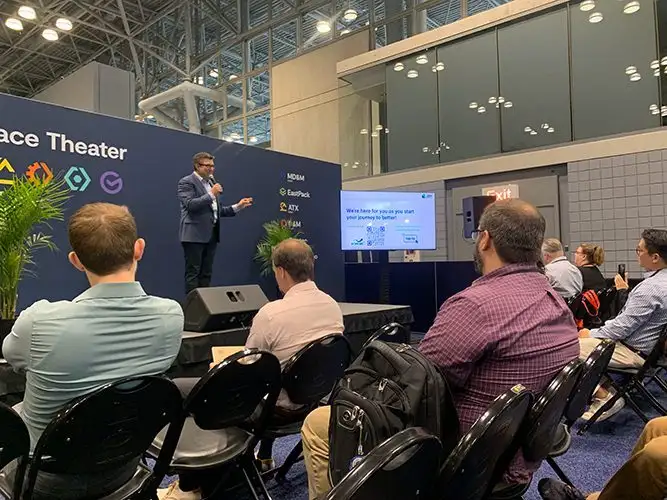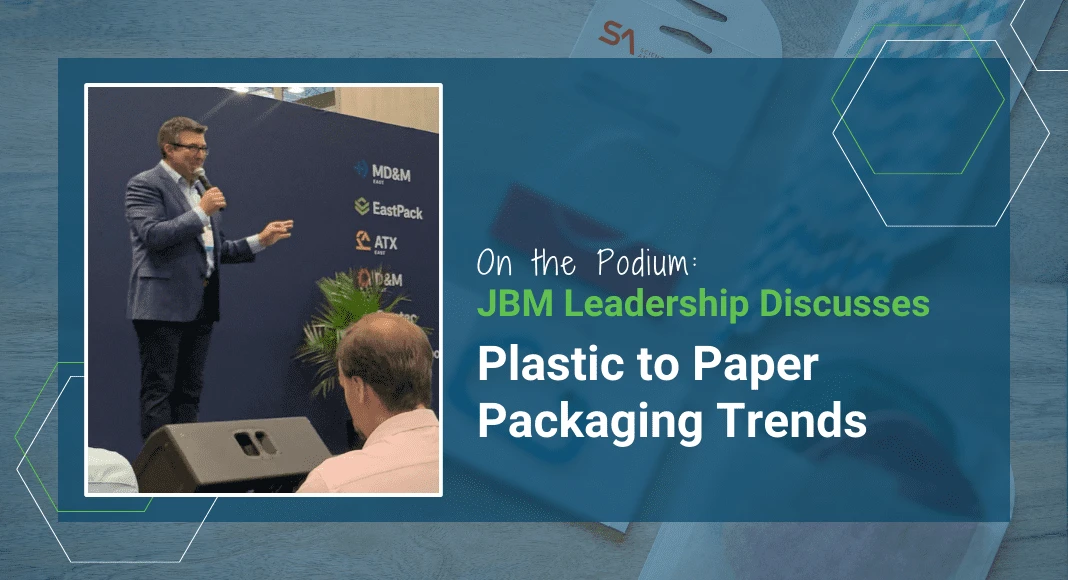If you’re looking for alternatives to plastic packaging, you’re not alone. From major brands like Unilever to smaller businesses like Johnny Cupcakes and Scientific Anglers, companies are looking to either fully eliminate plastic, or replace single-use plastic packaging with a recyclable alternative.
Last year, Walmart announced its Circular Connector to help it achieve its goal of using 100 percent recyclable, reusable or industrially compostable packaging by 2025. And just last month, it announced it would replace all of its plastic mailers with recyclable paper bag mailers. According to the company website, “This transition is expected to eliminate 65 million plastic bag mailers or more than 2,000 tons of plastic from circulation in the U.S. by the end of the current fiscal year.”
The plastic-free revolution is happening, so what is driving it?
JBM Takes the Stage at EastPack
At EastPack 2023, the largest regional packaging event for suppliers and buyers, David Warren, JBM’s VP of Sales and Marketing, took the stage to discuss some of the trends driving brands to transition from plastic to paper. Discussing the benefits of plastic-free packaging, David shared several inspirational examples of recyclable paper packaging we’ve created and offered tips for brands considering transitioning out of their plastic packaging.

Why are more companies moving out of plastic? Here are a few of the reasons he highlighted:
- Customers want it: A recent McKinsey report showed that more than half of customers will pay more for sustainable packaging and that more than a third said that packaging was an “important” consideration for them in their purchase.
- State legislation: To reduce plastic waste, at least 11 states have introduced Extended Producer Responsibility (EPR) Legislation at the time of this blog post. While no legislation is the same, it ultimately requires manufacturers to take accountability for the environmental impact of their product packaging, including the disposal and management of the waste generated.
- Internal sustainability programs: Waste reduction is a core element to most corporate sustainability programs, with some organizations setting ambitious goals to reach zero waste. Common areas for targeted waste reduction include manufacturing operations, energy and packaging.
Ready to Go Plastic-Free?
Designing and rolling out new product packaging can be an undertaking depending on the size of your business, and it requires collective buy-in from various stakeholders. The brands most successfully transitioning from plastic to paper packaging have involved C-suite leadership, R&D, sales and marketing and operations in the discussion.
Once you select a trusted supplier for your plastic-to-paper transformation, here are a few of the steps you can expect as you create your new eco-friendly packaging:
Step 1: Brainstorm what your dream package looks like. Once everyone is aligned and budgets are set, we’ll work with you to identify your specific needs and imagine the possibilities. Your packaging should not only reflect and complement your brand, but it should also enhance it.
Step 2: Consider the details and features. It’s the small things that can make the most significant impact. From messages to colors, adhesives to tear strips, consider the elements that will stand out to your customers and create a memorable experience when they open your package.
Step 3: Test your prototype. You have the package in your hand, now is the time to see if it can do everything you need. Do the hanger holes hold up once it is placed on a rack? Can it withstand the rigors of e-commerce? Simulate real-life conditions to ensure that your new packaging achieves your standards.
Step 4: Put it in your customers’ hands. You’ve been waiting for this moment: delivering your new package. Watch as your customers experience your new packaging for the first time. Some may share their excitement on social media (#unboxing, anyone?); others may contact you directly.
Creating a Better World
At JBM, our purpose is to create better solutions, better lives and a better world. By working to reduce the environmental impact of our operations while also helping our customers create packaging that reduces plastic pollution, we are working toward that purpose.
Because it is made from renewable resources and can be recycled at the end of use, we believe fiber-based packaging plays a central role in replacing plastic. This will ultimately help us work toward a more circular economy in the future, which is key to reducing waste and limiting our environmental impact.
If you are ready to explore plastic-free packaging because your customers have requested or you want to future-proof your packaging, we can help.




